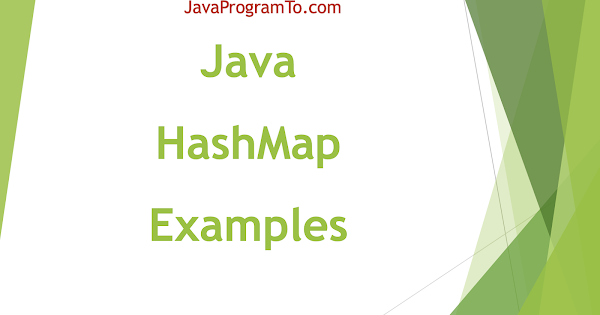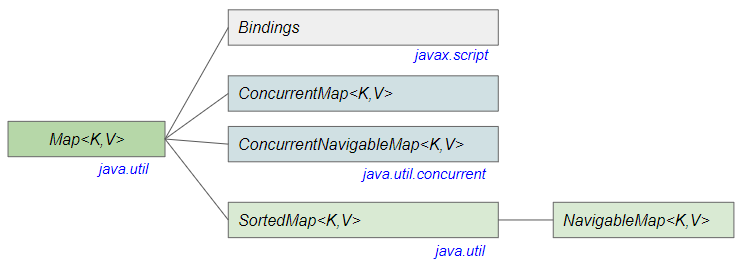
- #Java merge method map how to
- #Java merge method map code
#Java merge method map how to
You can see detailed examples in how to iterate map article. The following example shows you how to iterate HashMap in java. The simplest approach is to wrap this map using. This method useful to iterate or process each element in the HashMap. If you wish to use this map from multiple threads concurrently, you must use appropriate synchronization.
forEach(BiConsumer action) – (Since Java 8) – Performs the given action for each entry in this map until all entries have been processed or the action throws an exception. values() – Returns a Collection of the values contained in this map. keySet() – Returns a Set of the keys contained in this map. entrySet() Returns a Set of Enrtry ( Child interface of Map and represents key and value) objects contained in this map. (hashMap1) //įollowing methods in HashMap are helpful to iterate or process each key or value or Entry in HashMap. putIfAbsent(K key, V value) – (Since Java 8) – If the specified key is not already associated with a value (or is mapped to null) associates it with the given value and returns null, else returns the current value.įollowing example shows you how to add or insert elements to HashMap. putAll( Map m) – Copies all of the mappings from the specified map to this map. The merge method of LinkedHashMap will: Insert a new entry if the mapping for the key is not present. map.merge('Java', javaArticles, (list1, list2) -> Stream. put(k, v) – To associate the specified value with the specified key in this map. Let’s now see how we could solve this in a more declarative and immutable way using Java 8. HashMap class hierarchyįollowing image illustrates the hierarchy of Java HashMap class.įollowing are the methods to add key-values to the HashMap. As HashMap internal data structure is hash table, it’s efficient for inserting, deleting and get value based on key when synchronization not important. Each key value pair we call an Entry. Map is a collection of Entry objects. There are two interfaces for implementing Map in java: Map and SortedMap, and three classes: HashMap, LinkedHashMap, and TreeMap. Why and when do we use HashMap in Java? : Basic usage of HashMap in java is to store key value pairs. Which means once the map reaches its capacity, the capacity will be increased by 3/4 of initial capacity. The initial default capacity of Java HashMap class is 16 with a load factor of 0.75. These are the top rated real world Java examples of extracted from open source projects. Java HashMap class is non synchronized. #Java merge method map code
Insertion order is not preserved and it is based on hash code of the keys.Duplicate keys are not allowed but values can be duplicated.


HasMap class implements the, the under lying data structure is hash table.Java HashMap is one of the most commonly used implementation of Map interface.Ī java HashMap is a map based collection, implementation class of the interface and it’s underlying data structure is hash table. In this article we will dive into Java HashMap and it’s most commonly used methods with examples.






 0 kommentar(er)
0 kommentar(er)
